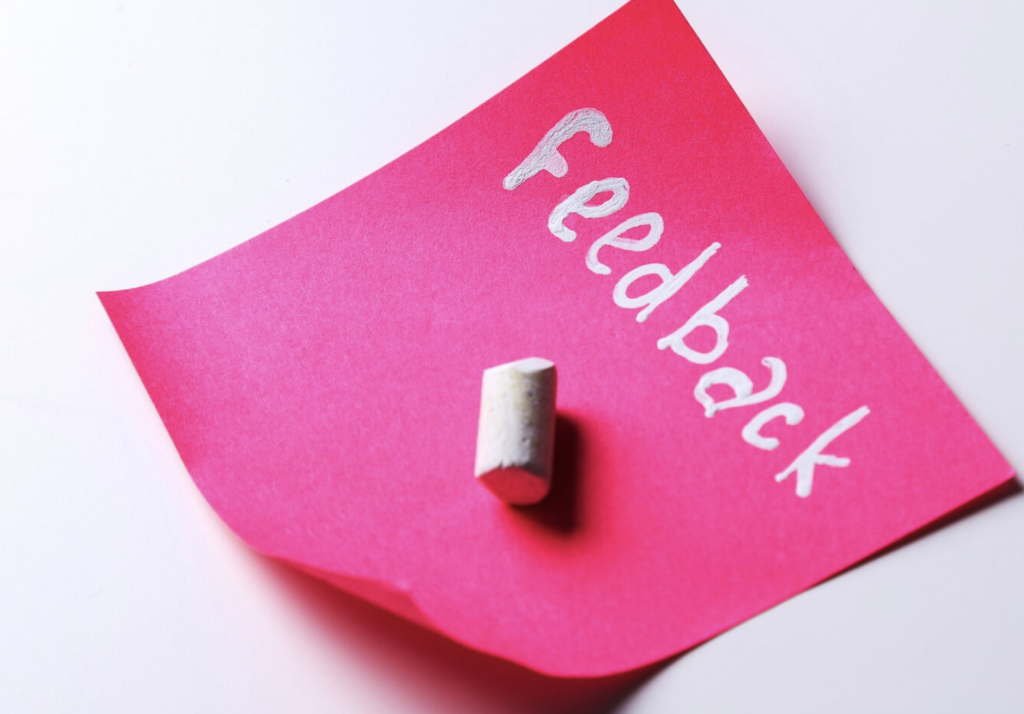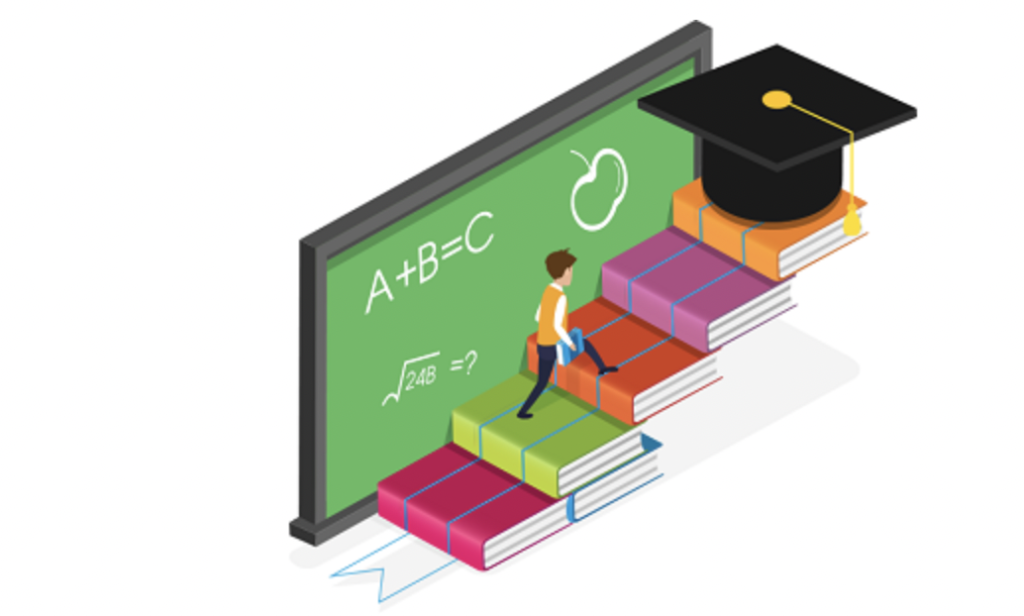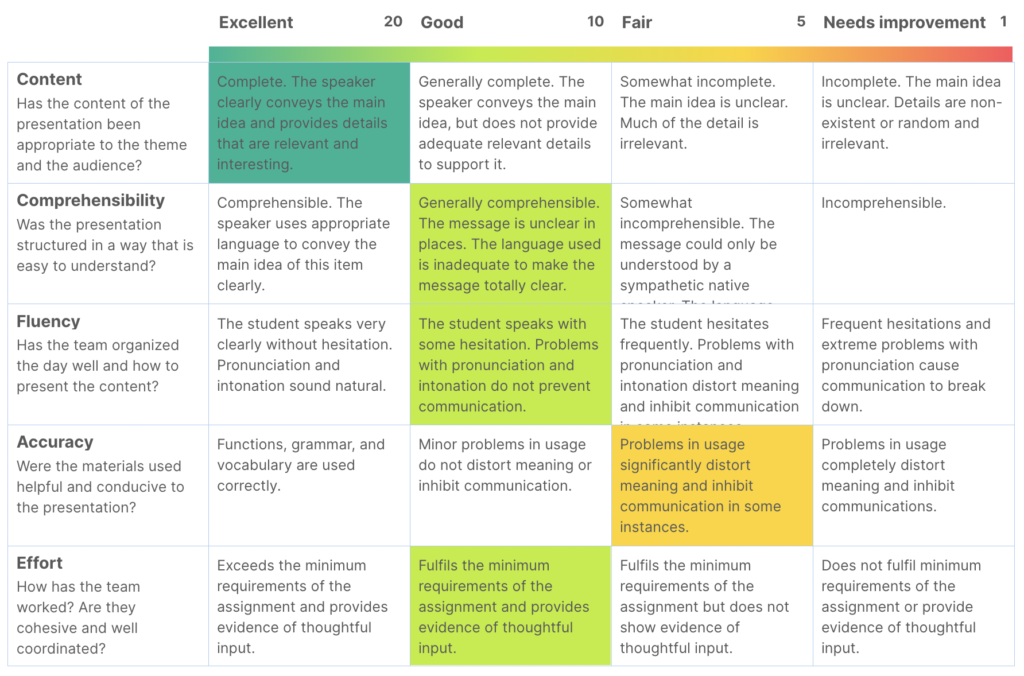To evaluate means to assess the work done, e.g. class work. In this sense, educational evaluation is a process in which judgements are formulated that must be made in order for this education to take place. But in order to do this, i.e. to be able to formulate a coherent judgement, prior work is needed to obtain information.
Therefore, we could say that evaluation is the process of obtaining information and using it to formulate judgements that are in turn used to make decisions.
Within the field of education, assessment has always been a key element in ensuring the correct development and evolution of students. Over the years, this has evolved from a strictly quantitative evaluation, where the important thing was the final numerical result, to a more complete and qualitative evaluation, in which the objective is not the numerical value, but the global learning obtained, establishing points of departure and improvement.

Traditional vs. competency-based assessment: main features.
When we talk about traditional assessment, we refer to that in which the parameters are set by the teacher, assigning only quantitative marks, without taking into account academic or professional criteria.
Moreover, traditional assessment is more focused on mistakes than on achievements, however small they may be. In this sense, this method of assessment tends to lead the educational process to school routine and the use of coercive measures, thus hindering the pursuit of critical and creative thinking and making learning much more burdensome for students.
Competence-based assessment, on the other hand, is that which, starting from a basis of learning and improvement, takes into account the entire performance process followed by the student in order to achieve the objectives set.
Competence assessment focuses on self-improvement, allowing students to make mistakes and learn from them, understanding that it is not a problem to make mistakes, learning from mistakes and investigating improvement. In other words, mistakes are taken into account and used as a source of learning and improvement, which is extremely important for students.
In short, while traditional assessment is concerned with measuring content and quantity of content according to guidelines, competency-based assessment is concerned with expressing the quality of that content.

The rubric: the main tool of competency-based assessment
Rubrics are a set of items related to each other in order to assess the acquisition of the defined learning objectives. It is a widely used and above all recommended grading tool, especially for carrying out co-assessments and self-assessments, thus being able to assess from the most objective to the most subjective aspect.
In general terms, the rubric allows for greater student involvement as they become more aware of their assessment and the reason for their score on each item as it is clearly justified.
In addition, another positive aspect of rubrics is the ability to link assessment criteria and competences or dimensions, thus further developing the assessment by going into more detailed aspects.

How does self-assessment and co-assessment help learning?
Self-assessment is very useful for developing problem-solving skills and stimulating critical and self-critical awareness. In this sense, it is not a simple verification of knowledge, but goes one step further, i.e. it is the approach to knowing, implicit in the teaching and learning process.
Nowadays, self-assessment is one of the best teaching tasks that can be worked on with students so that they learn from the mistakes they make, understanding that it is not a negative mistake as such, but a simple step in their learning process, wanting to improve day by day and above all, to understand the reason for each failure.
Co-evaluation also allows them to develop a critical spirit, not only to evaluate their work, but also to help their peers to improve. It is a good way of reflecting on the work presented and analysing where improvements could have been made.
Teaching nowadays is not only the action of communicating, but it also represents an orientation for students to find the possibility of being autonomous and knowing how to base an argument on the development of their critical thinking.
Remember that from Additio, you can create both a self-assessment and a co-assessment by clicking on the + icon to create a new column with the right mouse button, and the system will offer you both options. Just follow the steps to configure the activity and, with a single click, send it to your students!



